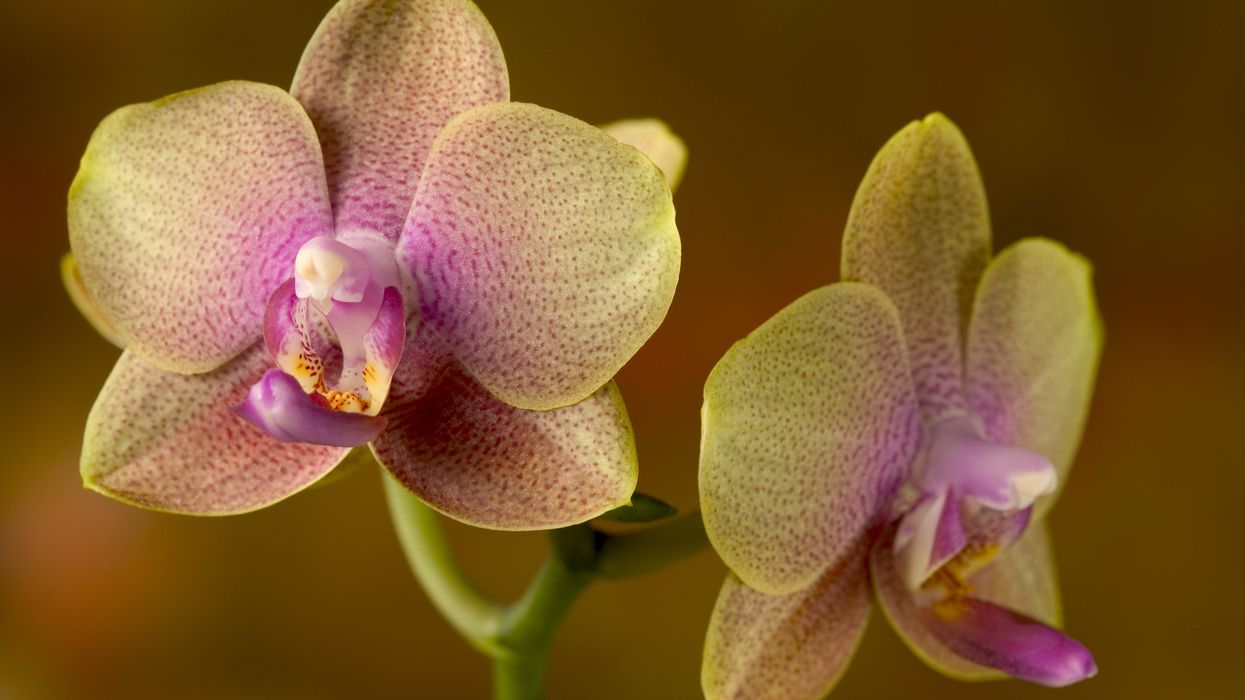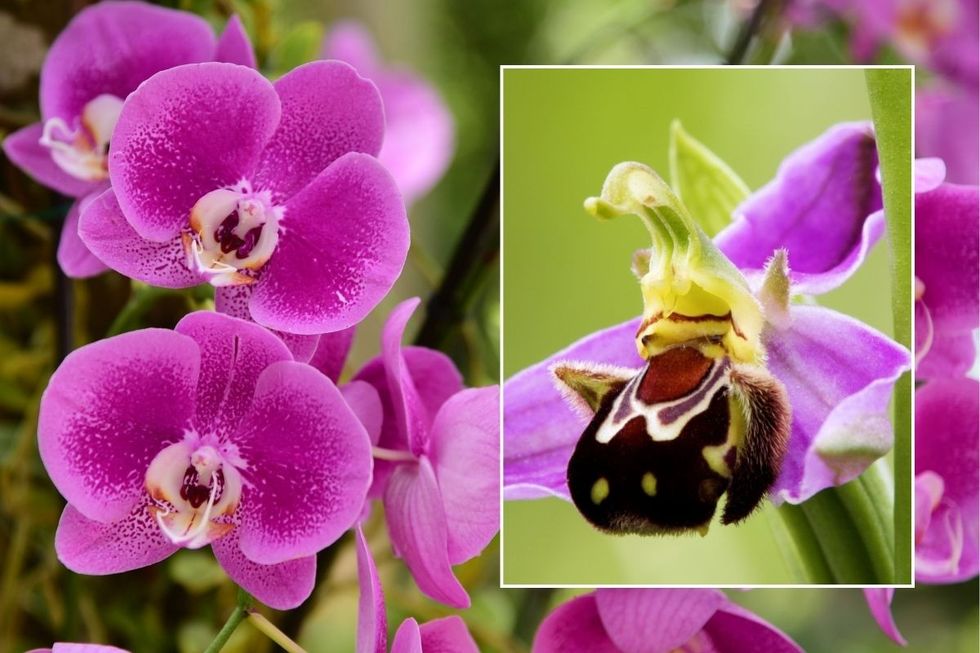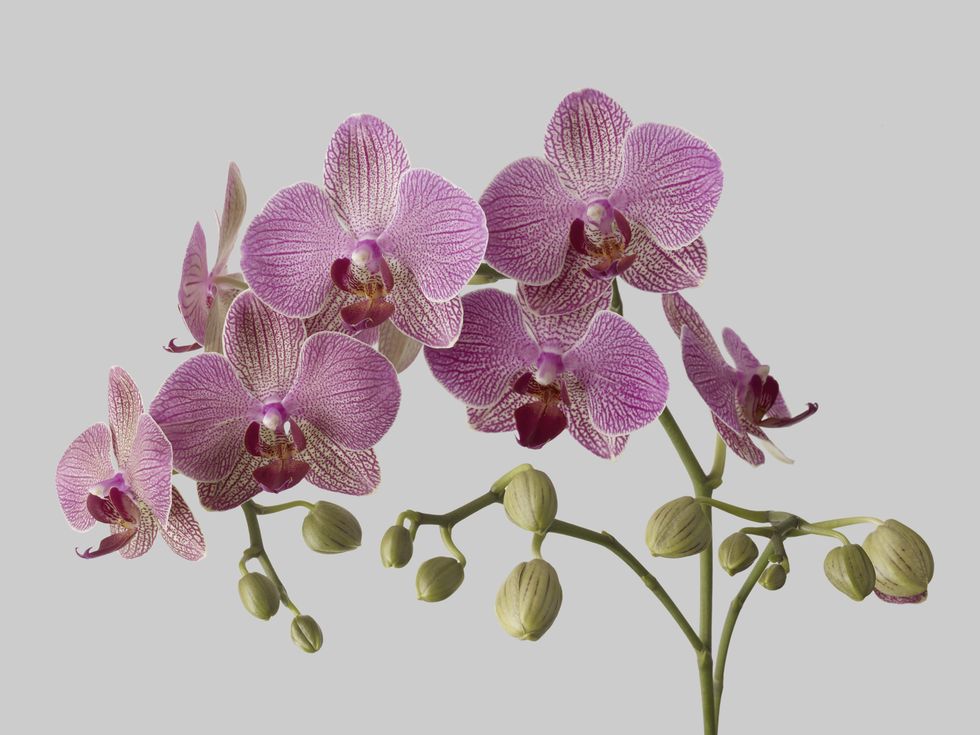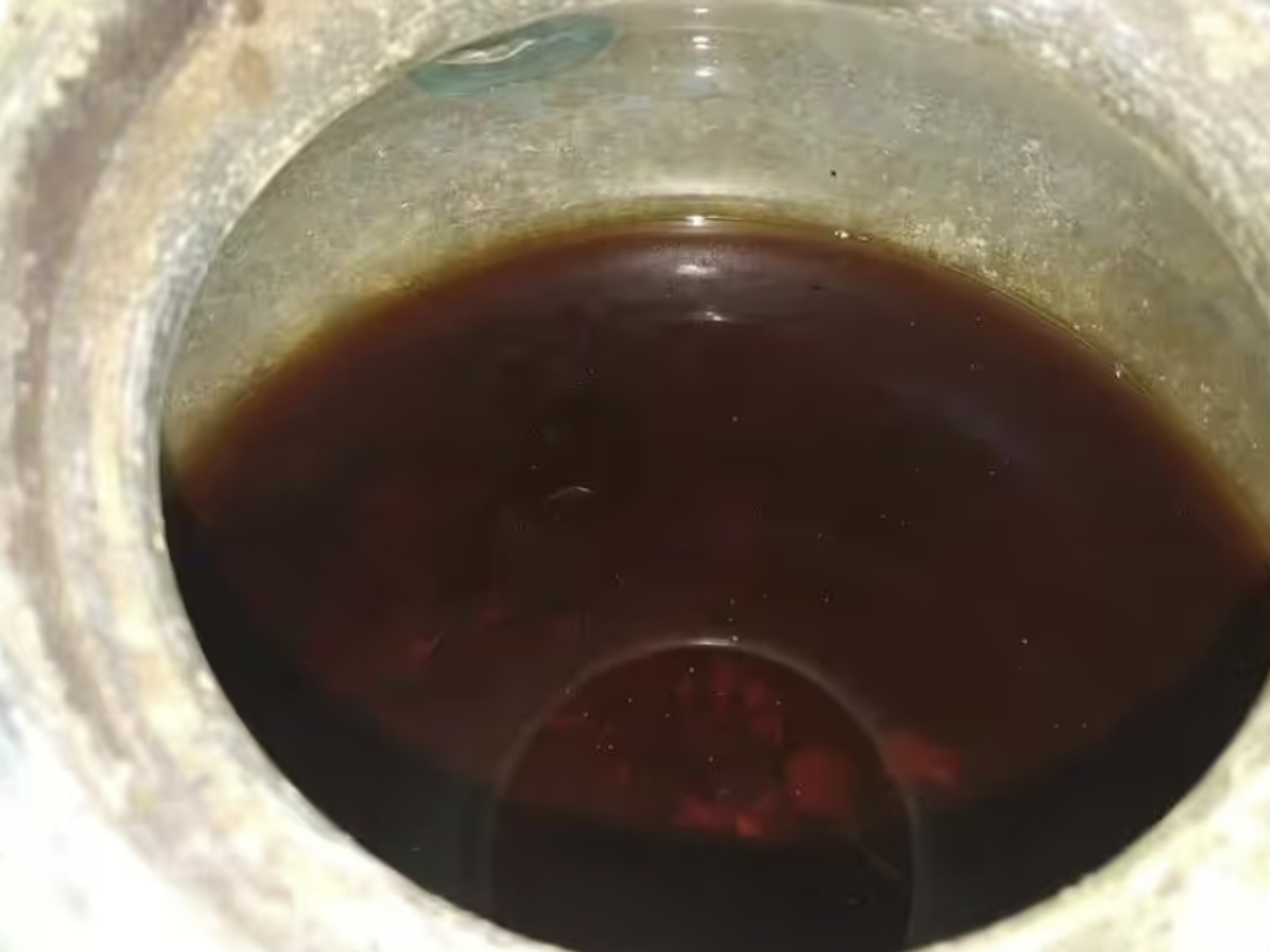'The most important thing' you can do to your orchid to 'prolong its flowering season'

Pruning is the most important task for prolonging an orchid's lifespan
|GETTY

Orchids are a popular houseplant
Don't Miss
Most Read
Orchids make stunning decorative plants, but they’re often misunderstood by those who buy them.
Contrary to popular belief, an orchid that has stopped producing flowers has entered a dormant rest period and hasn't necessarily died.
During the dormancy period, nutrients and water remain stored in the leaves of the plant until they’re needed.
“Your phalaenopsis should bloom for between six to 10 weeks at a time,” explained Richard from Sheffield Made Plants.

Orchids need humidity to thrive
|GETTY
“It goes into a rest period for a couple of months before going into bloom again.
“Our goal then, is to prolong the flowering period as much as possible, to allow us to have three cycles of 10 week blooms a year. That’s easily done when you know how.”
According to the expert, “pruning is one of the most important things you can do for your phalaenopsis orchid to prolong its flowering stage”.
He continued: “Most folks wait for the blooms to fade then chuck the plant in the bin, thinking that it’s the end.
“Not only are you missing out on new blooms in a couple of months after its rest period, but you’re also probably missing out on a fresh set of blooms on the same flower spike.”
How to prune orchids
It’s important to ensure the orchids' blooms are cut once existing flowers have faded or dropped as this will minimise the chances of damage.
“It’s quite normal for a flowering spike to grow fresh blooms in the same flowering cycle if you know what you’re doing,” said Richard.
“Once all the flowers have dropped off the flower spike, take a close look at the stem. You’re looking for the next viable leaf bud down, from which a new spike will develop and give you many more weeks of flowers.”
Once the bud has been identified, make a cut just above with a sharp pair of scissors or shears.
LATEST DEVELOPMENTS

Pruning is the most important task for prolonging an orchid's lifespan
|GETTY
“Place the plant in a bright spot and wait and see if a new spike develops,” added Richard. “Don’t be too disappointed if this doesn’t happen, because a new spike won’t always grow.”
Plant owners must wait for the orchid’s rest period to end before it’s ready to produce new flower spikes.
The good news is that phalaenopsis orchids are not particularly fussy when it comes to humidity. They do best in areas where the humidity is above 40 per cent, however.
The best option for ensuring this is buying a humidifier, as misting the plants will not replicate the effects of natural humidity in the environment.










